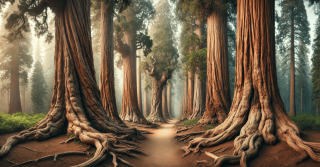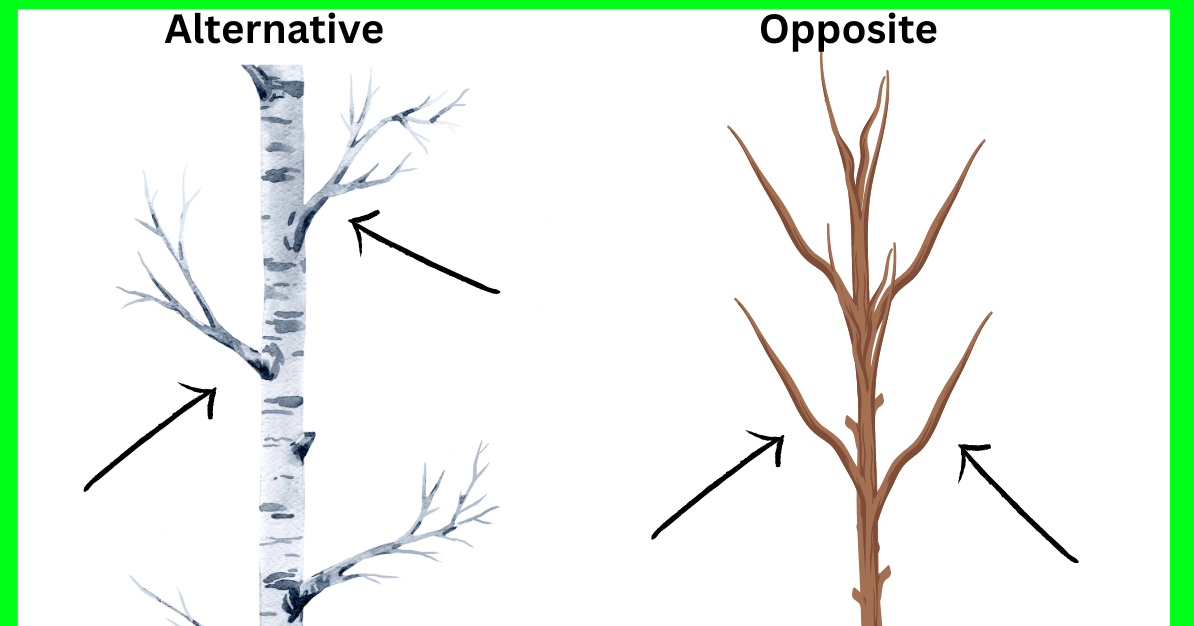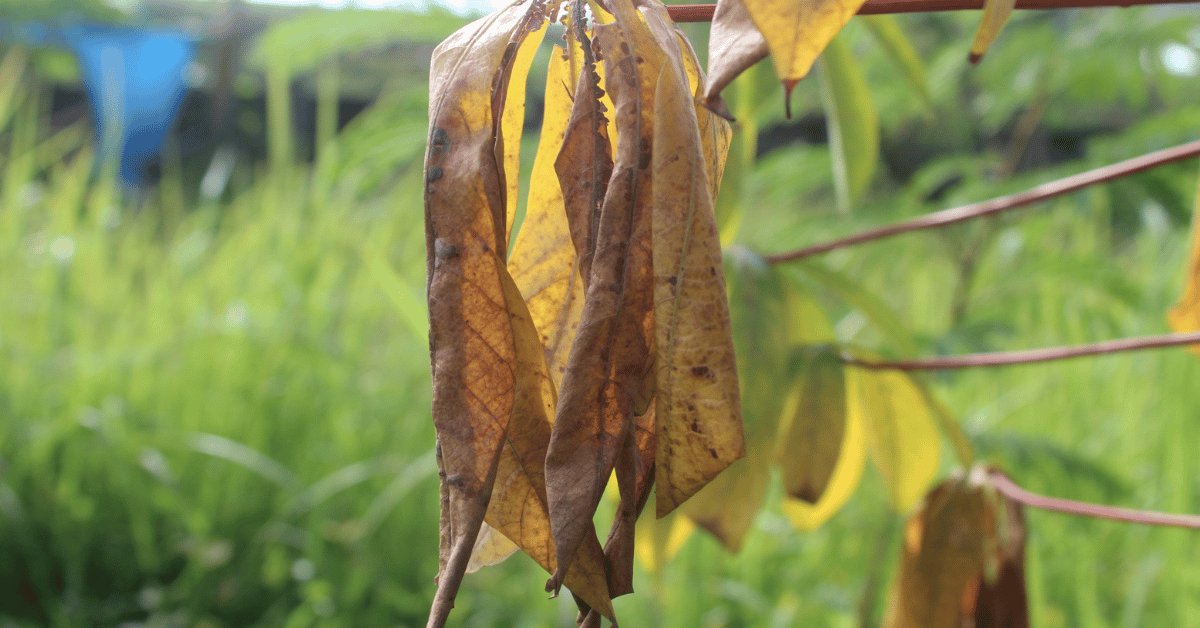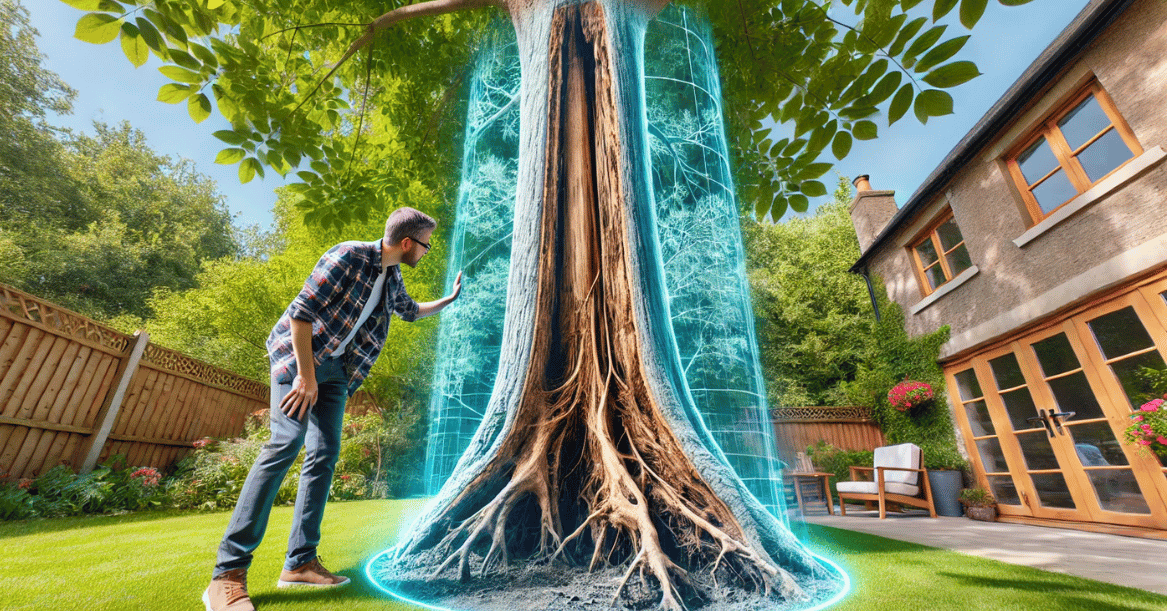Trees are some of the longest-living organisms on Earth. Some species can survive for thousands of years, developing incredible adaptations that allow them to thrive in tough conditions. If you’ve ever wondered which trees live the longest, this article will give you the answers.
The Oldest Tree in the World: Methuselah
The oldest individual tree is called Methuselah, a Great Basin bristlecone pine (Pinus longaeva). It is located in the White Mountains of eastern California. Methuselah is estimated to be between 4,800 and 5,000 years old. Its exact location is kept secret to protect it from damage. The harsh conditions where it grows and its dense wood have helped it survive for millennia.
Other Long-Lived Trees Around the World
While Methuselah holds the title for the oldest tree, several other species are known for their extreme longevity. Here are a few notable examples:
1. The Senator
The Senator is a Bald Cypress tree located in Big Tree Park, Florida. It was nearly 3,500 years old before it tragically burned down in 2012. Despite its loss, this tree's long life shows the durability of the Bald Cypress species. Many other cypress trees continue to thrive in wetlands across the southeastern United States.
2. BLK 227
Another Bald Cypress, known as BLK 227, is found in the Black River of North Carolina. This tree is estimated to be over 2,624 years old. It has endured centuries of changes in its environment, from rising waters to hurricanes. Its ability to withstand swampy conditions makes it one of the longest-living trees in the U.S.
3. Ankerwycke Yew
Located in Berkshire, UK, the Ankerwycke Yew is thought to be around 2,000 years old. Some believe it witnessed the signing of the Magna Carta in 1215. Yew trees are known for their slow growth and resistance to decay, making them long-lasting additions to the landscape.
4. Pando
Pando is not just a single tree, but a massive colony of quaking aspen trees located in the Fishlake National Forest of Utah. This colony is estimated to be up to 14,000 years old. All the trees in the colony share the same root system, which regenerates new trees as older ones die. This interconnected system allows Pando to endure over millennia.
What Helps Trees Live So Long?
Certain trees have developed unique adaptations that allow them to survive for thousands of years. These traits help protect them from pests, diseases, and natural disasters. Here are a few reasons why some trees live so long:
1. Dense Wood
Trees that grow in harsh conditions, like the bristlecone pine, tend to grow very slowly. Slow growth creates dense wood, which is highly resistant to insects, fungi, and rot. This dense wood acts like armor, making the tree stronger and less susceptible to decay over time.
2. Resin Production
Some trees, such as pine species, produce large amounts of resin. Resin is a sticky substance that can seal wounds and protect the tree from infection. It also repels insects that might bore into the wood and cause damage. This natural defense mechanism helps trees survive for hundreds, or even thousands, of years.
3. High Elevation
Many long-living trees grow at high elevations, such as the Great Basin bristlecone pine. The cool, dry climate at high altitudes reduces the number of pests and pathogens that can harm trees. Additionally, these trees often face less competition from other plants and are less likely to be damaged by forest fires.
4. Isolation
Trees that grow in remote or isolated areas are often protected from human interference, wildfires, and other natural disasters. This helps them live longer without the threat of being cut down or damaged by people.
Can All Trees Live a Long Time?
Not all tree species live for thousands of years. Some trees, like willows and poplars, have relatively short lifespans, often living only 30 to 70 years. Other trees, such as oaks and sequoias, have the potential to live for hundreds or thousands of years, depending on their environment and how well they are cared for.
How Can You Help Your Trees Live Longer?
If you have trees in your yard, you can take steps to help them live a long, healthy life. Here are some tips for maintaining tree health:
1. Regular Pruning
Proper pruning helps trees stay healthy by removing dead or damaged branches. This prevents the spread of disease and reduces the risk of branches falling and causing damage during storms.
2. Watering and Mulching
Trees need consistent moisture to thrive. Watering your trees during dry periods and adding mulch around their base can help retain moisture and provide essential nutrients.
3. Disease Prevention
Keep an eye out for signs of disease, such as discolored leaves, peeling bark, or unusual growths. If you notice any of these symptoms, contact a certified arborist for a health assessment.
Conclusion
Trees are remarkable for their longevity, with some species living for thousands of years. The oldest known tree, Methuselah, has stood in the White Mountains for nearly 5,000 years. Other trees, like the Senator and the Ankerwycke Yew, also showcase how resilient these organisms can be. Factors like dense wood, resin production, high elevation, and isolation all contribute to their incredible lifespan.
If you’re curious about the health of your trees or want to ensure they live a long life, contact Strobert Tree Services. Our certified arborists provide free health assessments in Delaware, Pennsylvania, and New Jersey. Let us help you care for your trees and make sure they thrive for years to come.
Contact Us Today!
For professional tree care services, including pruning, disease prevention, and health assessments, reach out to Strobert Tree Services. We’ll help you keep your trees strong and healthy for generations to come!











